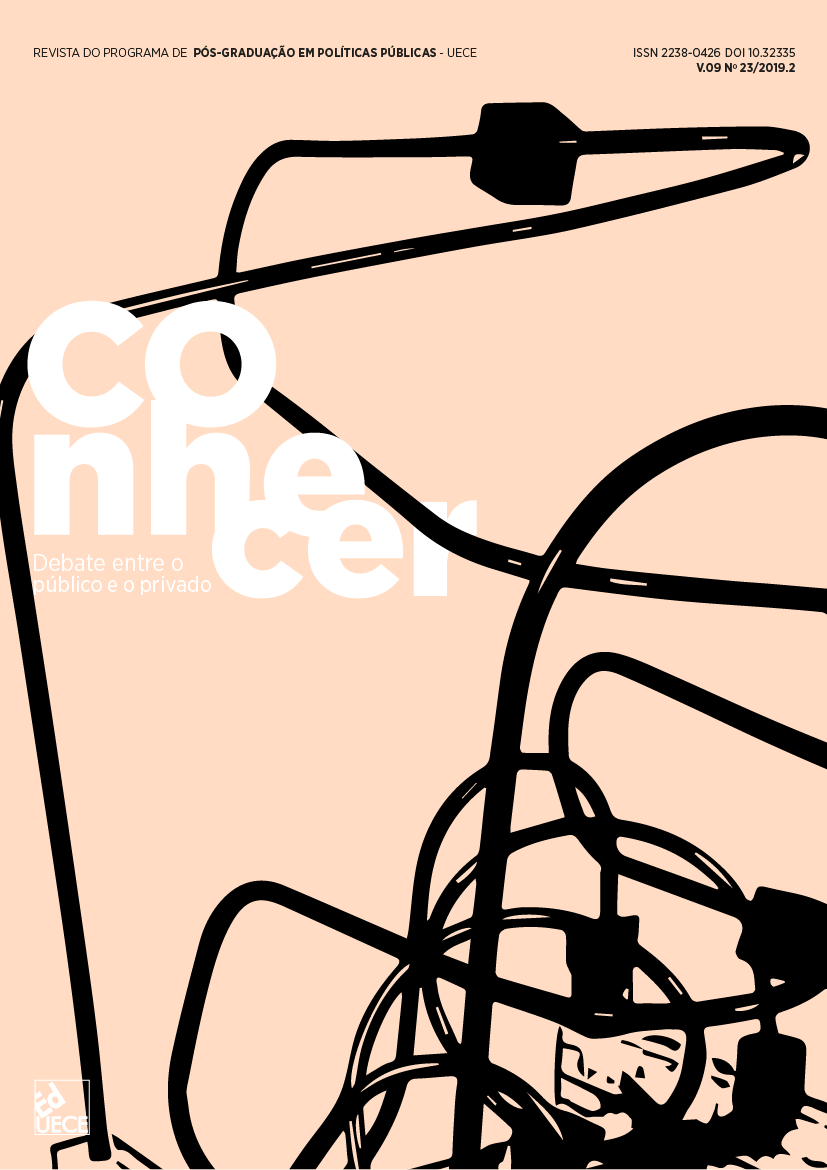Entre mouvements, fils et formes:
la broderie dans la pratique pédagogique
DOI :
https://doi.org/10.32335/2238-0426.2019.9.23.1284Mots-clés :
art, mouvement, broderie, pratique pédagogique, pédagogieRésumé
Cet article présente les résultats d’une recherche empirique ayant adopté la broderie comme un pont entre la théorie, l’expérience corporelle et l’expression graphique dans une pratique pédagogique développée au cours d’un stage d’enseignement dans la composante disciplinaire «Corps, Danse Afro et Education» du cours de Premier Cycle en Pédagogie de l’Université d’Intégration Internationale de la Lusophonie Afro-Brésilienne (UNILAB). L’objectif de ce sujet est de comprendre la triade humanité, culture et savoir (Cortella, 1998) basée sur la philosophie africaine du tambour, du chant et de la danse (Ligiéro, 2011). La discussion du rôle de l’art dans l’éducation et de l’utilisation de la broderie comme moyen d’expression individuelle s’inscrit dans une approche qui cherche une méthodologie fondée sur une formation intégrale du citoyen. Les résultats indiquent que la combinaison des connaissances théoriques, de l’expérience corporelle avec les contenus et de l’expression graphique des perceptions et des sensations dans l’éducation des adultes nécessite une méthodologie qui interconnecte les aspects sensibles de l’éducation humaine à la pratique pédagogique. Cette expérience d’enseignement a souligné l’importance du respect du mouvement d’apprentissage unique de l’élève – même lorsqu’il refuse de participer. Dans l’approche adoptée, l’art est indispensable pour accéder aux contenus sensibles de l’individu, du groupe et du savoir historiquement systématisé, en direction de ce que propose Read (1986) – qui considère l’art comme un médiateur en éducation – et Ostrower (1977) – qui défend le fait que la créativité est inhérente aux êtres humains dans tous les domaines de la vie.
Téléchargements
Téléchargements
Publiée
Comment citer
Numéro
Rubrique
Licence
Autores que publicam nesta revista concordam com os seguintes termos:
Autores mantém os direitos autorais e concedem à revista o direito de primeira publicação, com o trabalho simultaneamente licenciado sob a Licença Creative Commons Attribution que permite o compartilhamento do trabalho com reconhecimento da autoria e publicação inicial nesta revista.




